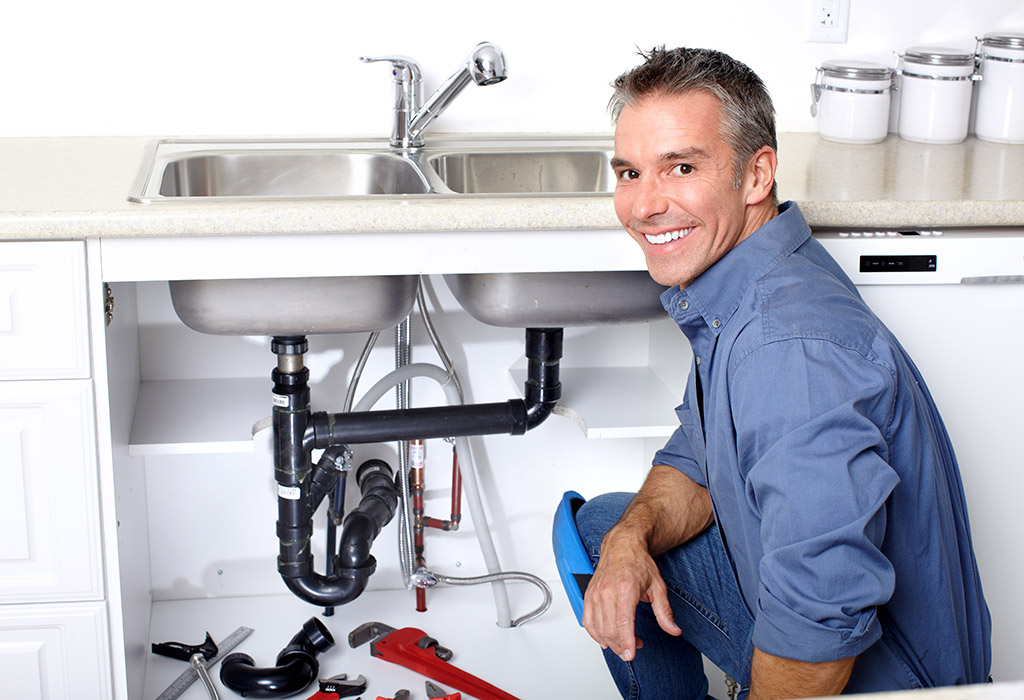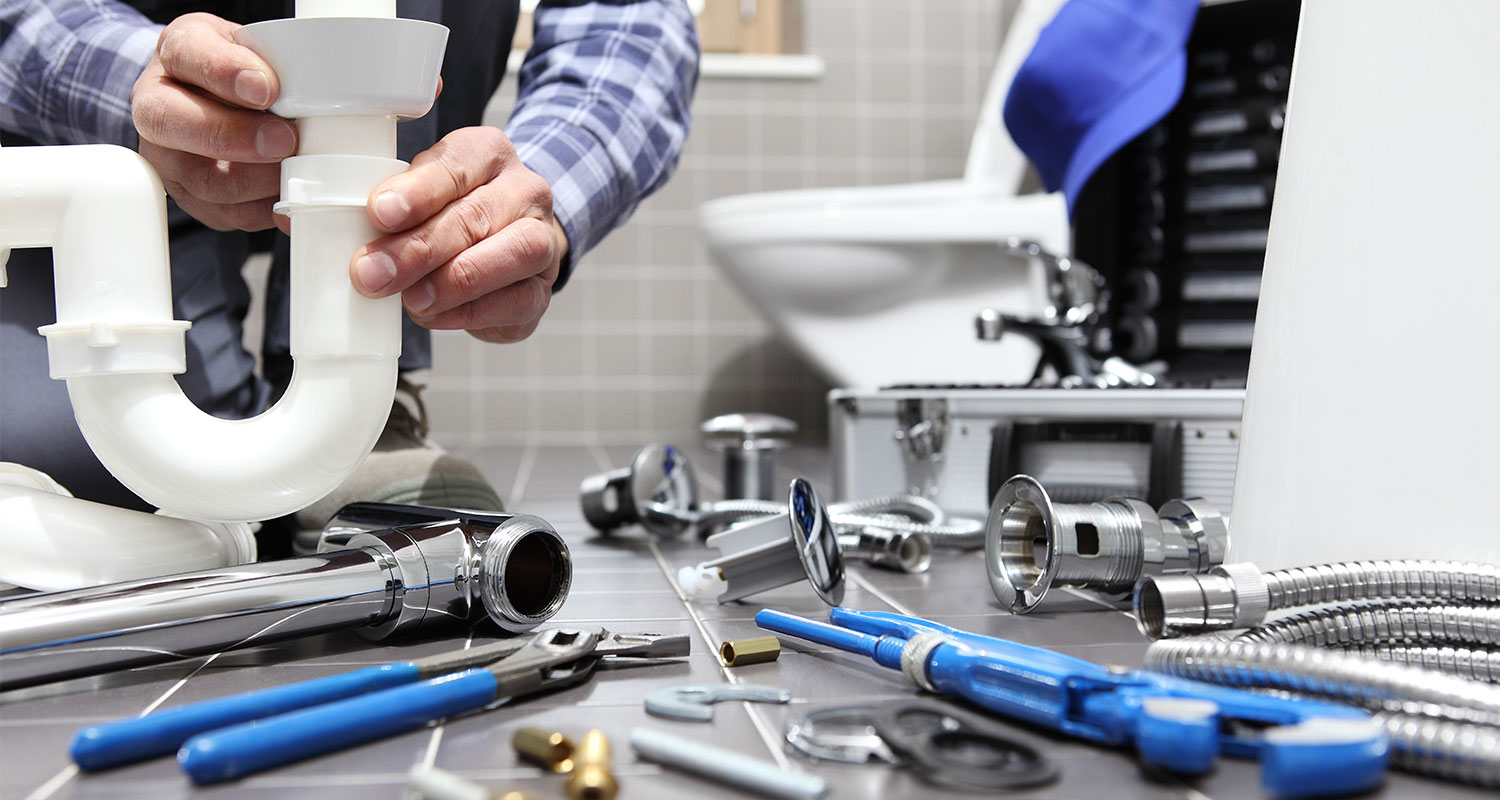High Quality Water Heater Installation Alabaster AL for Ideal Convenience
High Quality Water Heater Installation Alabaster AL for Ideal Convenience
Blog Article
A Step-by-Step Overview to Reliable Water Heating System Installation for Optimum Performance
Starting the job of mounting a water heater is a venture that requires precision and an organized method for accomplishing optimal performance. The procedure starts with the vital decision of picking the suitable heating unit tailored to the specific needs of your house, considering elements such as power, kind, and dimension source. When picked, preparing the setup location to meet security criteria is paramount. The journey does not end below. As you proceed, the intricacies of connecting water supply lines and establishing reliable electrical or gas connections await, encouraging understandings right into making sure effectiveness and reliability.
Picking the Right Water Heating System

Next, take into consideration the dimension and ability of the hot water heater. It's vital to analyze your home's hot water requirements, which can vary based upon the number of residents and their use patterns. A system that's as well tiny might bring about not enough hot water, while an extra-large design could lead to unnecessary energy intake.
Effectiveness rankings also play a pivotal duty in selection. Seek hot water heater with high Energy Element (EF) scores, suggesting exceptional performance and reduced energy usage. Tankless designs, though normally extra costly in advance, offer significant power financial savings gradually because of their on-demand home heating capacities.
Preparing the Setup Location
Prior to installing a new water heater, precise prep work of the setup area is important. This makes sure a smooth installation process and assists protect against future problems (Drain Cleaning Alabaster AL). Begin by selecting a proper location that abides by neighborhood building regulations and safety criteria. The location ought to be dry, well-ventilated, and obtainable for upkeep. It's critical to determine the area very carefully to suit the water heater's dimensions, making sure ample clearance around the unit for effective operation and maintenance.
Following, remove any type of particles, dirt, or blockages from the site to produce a clean setting. Inspect the floor for stability, as the water heating system will require a strong, level surface area to run successfully. If essential, mount a drip pan beneath the system to capture possible leaks or spills, preventing water damages to the surrounding area. In regions susceptible to seismic activity, think about installing seismic straps to protect the heater firmly in location.
Additionally, guarantee that all needed devices and materials are on hand prior to commencing the setup. This includes products such as wrenches, screwdrivers, a level, and any additional hardware needed for mounting and protecting the heater. A well-prepared installation area sets the structure for an effective water heater setup, enhancing efficiency and security.
Connecting Water Lines
When attaching water lines to your recently set up water heater, it is important to ensure that all connections are safe and leak-free to preserve effective operation and protect against water damage. Begin by identifying the hot and cool water supply lines. The cool water inlet is generally noted with a blue tag or a "C", while the warm water outlet is noted with a red tag or an "H".
Usage flexible water heating system connectors to help with a less complicated installation process. Prior to affixing the ports, place a plumbing professional's tape around the threaded ends of the water heating unit's inlet and electrical outlet pipes.
When links remain in place, slowly switch on the main supply of water valve. Evaluate each link for leaks by visually checking and really feeling for moisture. Tighten up links as needed, and ensure the stress safety valve is correctly installed, securing against click to find out more too much pressure accumulation.
Establishing Electrical or Gas Links
Appropriately setting up the electric or gas links for your water heater is a crucial step to ensure safe and effective operation. For electric water heaters, start by validating that the electrical circuit works with the heating system's voltage and amperage demands. Guarantee the power supply is shut off at the breaker to avoid mishaps. Link the electric cords to the heating unit adhering to the supplier's circuitry diagram. Usually, this involves connecting the ground cord to the eco-friendly terminal, and the continuing to be cords to their corresponding terminals, protecting each with wire nuts.
For gas water heating systems, security is extremely important. Validate that the gas supply is off before proceeding. Link the gas line to the water heating unit using an adaptable gas my website port, guaranteeing it is properly threaded and sealed with pipeline joint substance or Teflon tape appropriate for gas connections. Tighten the connections with a wrench, taking treatment not to over-tighten (Drain Cleaning Alabaster AL).
When links are made, inspect for any type of potential leaks. For gas lines, use a soapy water remedy to the joints; bubbles show a leakage. For electric connections, double-check that all electrical wiring is protected and correctly protected, keeping compliance with neighborhood electrical codes.
Testing and Readjusting for Effectiveness
With the electrical and gas links safely in location, the following step is examining the operational effectiveness of your water heater. Begin by thoroughly turning on the water supply and guaranteeing there are no leakages at any of the joints or valves.
Next, carry out a thorough examination to make sure the home heating components or burner are functioning correctly. For electric heating systems, utilize a multimeter to confirm if the components are attracting the appropriate current. In gas versions, observe the burner flame; it must be consistent and blue, indicating effective burning.
Change the setups as necessary to eliminate inadequacies. Take into consideration carrying out look these up insulation procedures, such as adding a hot water heater covering, to even more boost performance by minimizing warm loss. Furthermore, check the anode pole's condition, as a worn-out pole can lower effectiveness and bring about tank deterioration.
Conclusion
Effective water heating unit installation is important for making sure optimum efficiency and energy savings. By choosing the ideal type and dimension, and diligently preparing the installation area, a foundation for success is established. Securely linking water system lines and very carefully establishing electrical or gas links minimize possible problems. Extensive testing for leakages and exact thermostat changes to 120 ° F improve integrity and efficiency. Following these steps advertises long-lasting capability and power conservation in property water heating unit.

Correctly establishing up the electrical or gas connections for your water heating unit is an essential step to make certain secure and effective operation. For electrical water heaters, start by verifying that the electrical circuit is suitable with the heating unit's voltage and amperage requirements. Connect the gas line to the water heater using a flexible gas port, guaranteeing it is effectively threaded and sealed with pipe joint substance or Teflon tape ideal for gas links.
Report this page